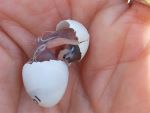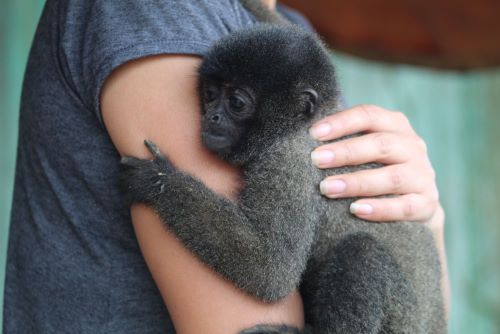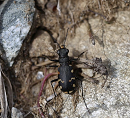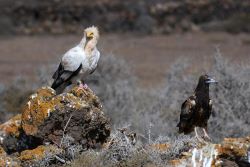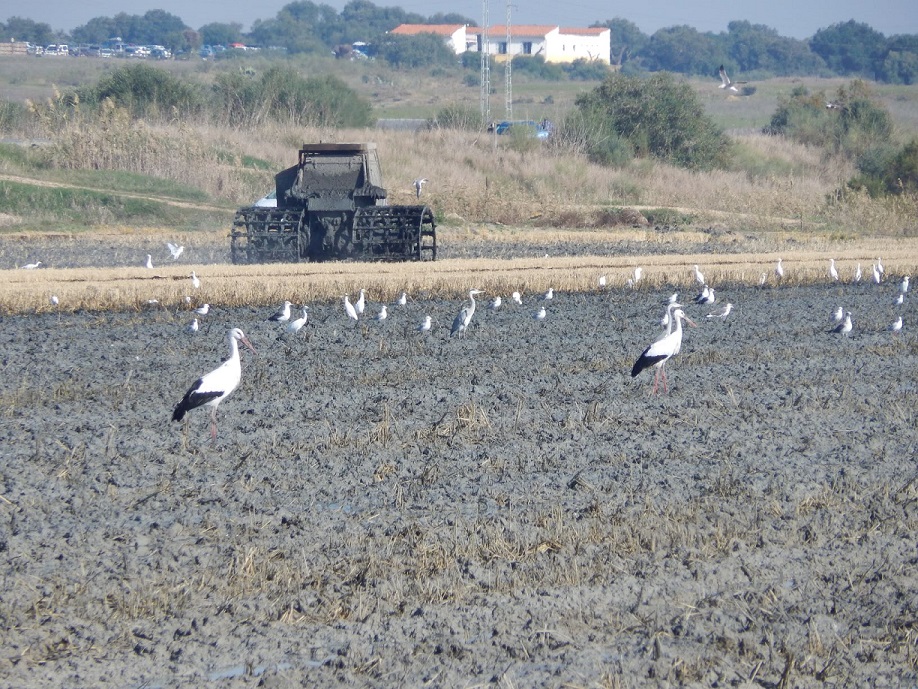Research into the dispersal of plants lacking a fleshy fruit by avian endozoochory remains limited, particularly regarding the different roles of specific vectors in the same habitat. Plants dispersed by endozoochory were compared between two migratory waterbirds differing in body size: the lesser black-backed gull, and the white stork. Faeces and pellets were collected from roosting flocks on dykes in the Doñana rice fields, and extracted intact seeds. 424 intact seeds from 21 plant taxa were recovered, 11 of which germinated under laboratory conditions. Eight plant species are considered weeds, four of them as alien species, and only two have a fleshy fruit. Toadrush (Juncus bufonius) was the dominant species, accounting for 49% of seeds recovered. Community analyses revealed no differences in the proportions of each plant species dispersed by the two birds, suggesting that waterbird plant dispersal networks are different from frugivore networks. These avian vectors provide maximum dispersal distances several orders of magnitude greater than predicted from their dispersal syndromes. Endozoochory by migratory waterbirds has major implications for plant distributions in a rapidly changing world. informacion[at]ebd.csic.es: Martín-Vélez et al (2020) Endozoochory of the same community of plants lacking fleshy fruits by storks and gulls. J Veg Science DOI 10.1111/jvs.12967
https://onlinelibrary.wiley.com/doi/10.1111/jvs.12967

 Las altas temperaturas están provocando que las lagunas y las marismas de Doñana pierdan agua rápidamente
Las altas temperaturas están provocando que las lagunas y las marismas de Doñana pierdan agua rápidamente
